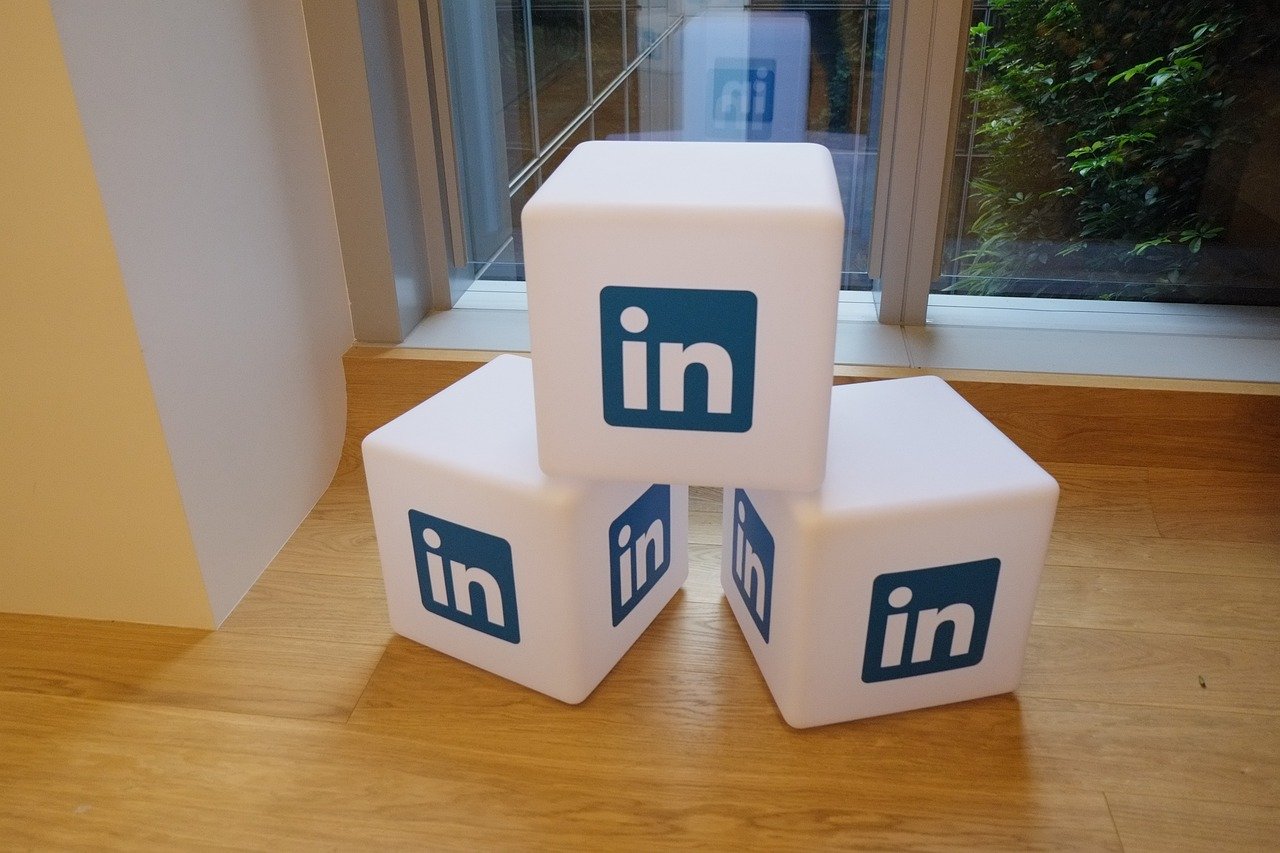Mastering LinkedIn: A Guide to Effective Influencer Marketing

In today’s digital age, social media platforms have become essential tools for businesses to connect with their target audience and promote their brand. While platforms like Instagram and Twitter are often the go-to choices for influencer marketing, LinkedIn offers unique opportunities for businesses looking to engage with professionals and decision-makers in their industry. In this blog post, we’ll explore how to harness the power of LinkedIn for influencer marketing and maximize your brand’s reach and impact.
- Identify Your Target Audience: Before diving into influencer marketing on LinkedIn, it’s essential to define your target audience. Consider who you want to reach with your message and what industries, job titles, or interests they may have. LinkedIn offers robust targeting options that allow you to narrow down your audience based on factors like location, industry, company size, and more.
- Find Relevant Influencers: Once you’ve defined your target audience, it’s time to identify influencers who can help you reach them. Look for individuals who have a significant following on LinkedIn and are active in your industry or niche. These influencers should have a track record of sharing valuable insights, engaging with their audience, and aligning with your brand values and objectives.
- Engage with Influencers: Building relationships with influencers is key to successful influencer marketing on LinkedIn. Start by following influencers and engaging with their content by liking, commenting, and sharing. Personalize your interactions to show that you value their expertise and insights. Over time, you can reach out to influencers directly to explore collaboration opportunities.
- Collaborate on Content: One of the most effective ways to leverage influencers on LinkedIn is to collaborate on content. This could include co-authoring articles, hosting webinars or live events, participating in interviews, or creating joint thought leadership pieces. Collaborative content allows you to tap into the influencer’s audience while providing valuable insights or expertise.
- Leverage LinkedIn Pulse: LinkedIn Pulse is a publishing platform that allows users to share long-form content with their network. Encourage influencers to publish articles or blog posts on LinkedIn Pulse that showcase their expertise and align with your brand messaging. You can also repurpose this content on your own LinkedIn page or website to extend its reach.
- Measure Performance: As with any marketing campaign, it’s essential to track the performance of your influencer marketing efforts on LinkedIn. Use LinkedIn Analytics to monitor metrics such as engagement, reach, and conversions. This data will help you understand what’s working well and where there’s room for improvement, allowing you to optimize your strategy over time.
- Provide Value: Finally, focus on providing value to both the influencers and their audience. Offer resources, insights, or opportunities that align with their interests and goals. By adding value, you can build trust and credibility with both the influencers and their followers, ultimately driving better results for your influencer marketing campaigns.
In conclusion, LinkedIn offers a wealth of opportunities for businesses looking to engage in influencer marketing. By identifying relevant influencers, building relationships, collaborating on content, and providing value, you can effectively leverage LinkedIn to expand your brand’s reach and impact in your industry.
